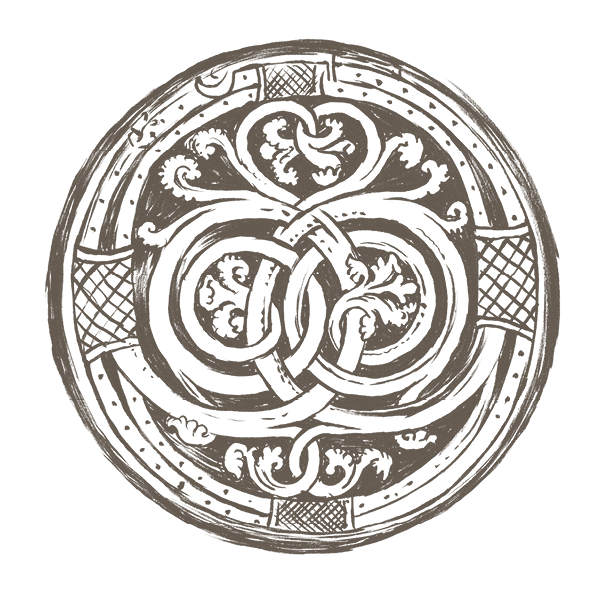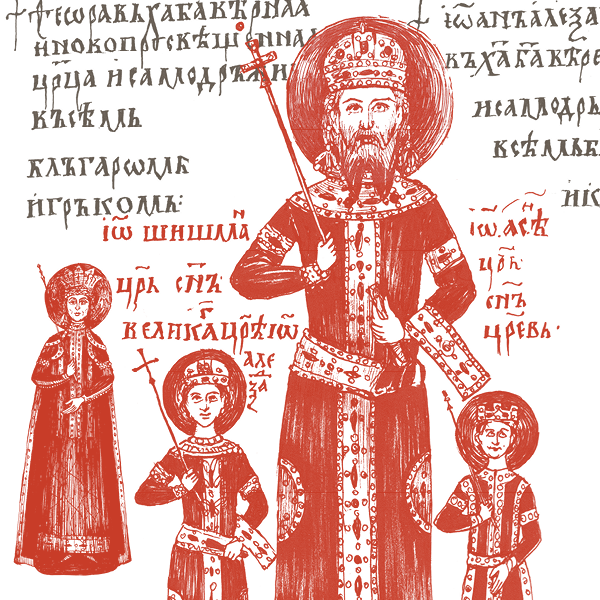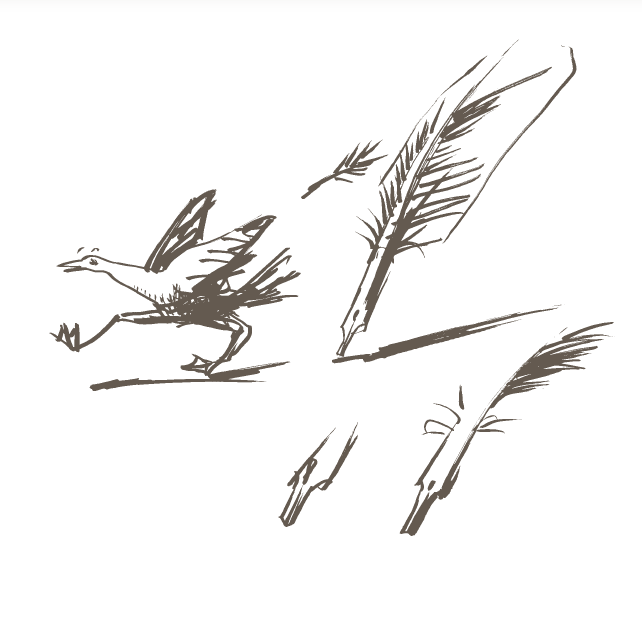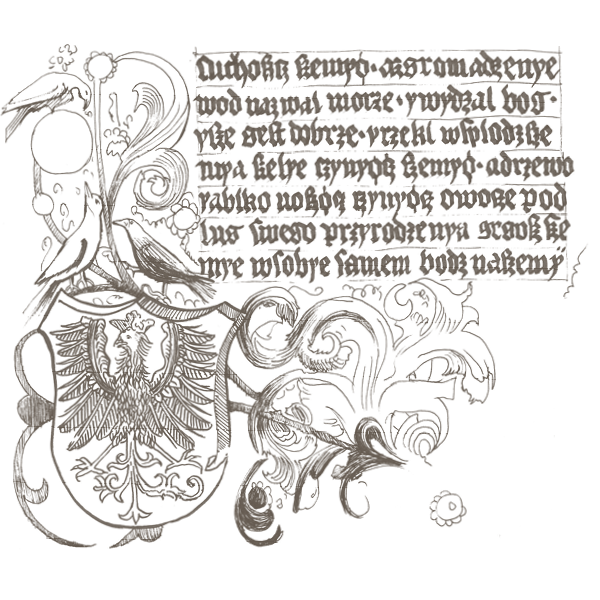The Slavic languages, a branch of the Indo-European language family, are conventionally divided into three subgroups: East, South, and West. The oldest Slavic literary language is Church Slavonic. It was spread as a standardized language by Byzantine missionaries, Saints Cyril and Methodius, who undertook the task of translating the Gospels and necessary liturgical books into it as part of the Christianization of the Slavs, particularly in Moravia.
Explore languagesOld Church Slavonic is believed to have been primarily based on the dialect of the 9th-century Byzantine Slavs living near Thessalonica. It played an important role in the history of the Slavic languages and served as a foundation and model for later Church Slavonic traditions. Some Eastern Orthodox and Eastern Catholic churches continue to use this later Church Slavonic as a liturgical language to this day.
However, the imposition of Church Slavonic in the life of the Orthodox Church in the East Slavic and South Slavic regions often came at the expense of the vernacular. Its use hindered the development of local languages for literary purposes, and when they did appear, the first attempts were usually in an artificially mixed style. As a result, other independent medieval Slavic literatures developed in the Latin-dominated areas of Central Europe. Literature in Czech began to flourish in the late 13th century, and in Polish in the 14th century.
Church Slavonic

Church Slavonic was used in Orthodox Christian liturgy and religious texts in Eastern Europe.
ExploreEast Slavic

East Slavic languages include today's Russian, Ukrainian, and Belarusian.
South Slavic

South Slavic languages include Serbian, Croatian, and Bulgarian, with diverse medieval traditions.
Czech

Czech developed as a literary language in the late Middle Ages and was spoken in Central Europe.
ExplorePolish

Polish medieval literature includes epic poetry, chivalric romances, and religious texts.
Explore





